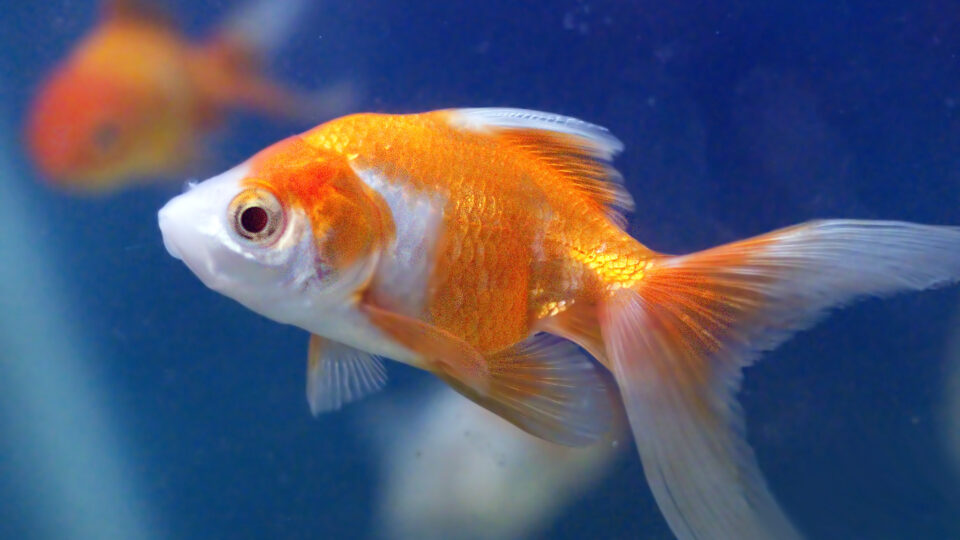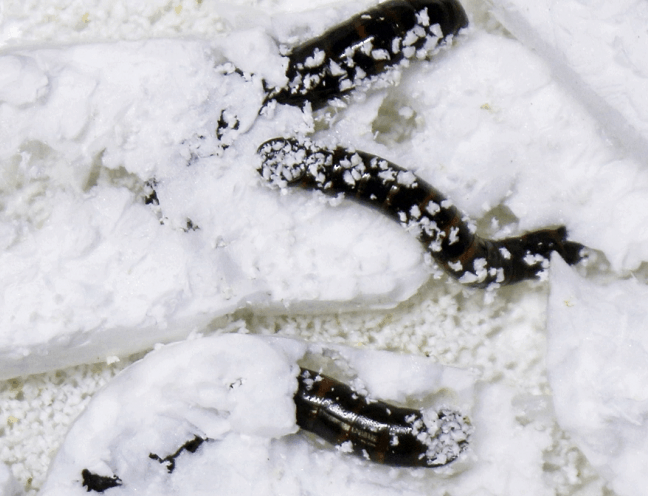Goldfish are just about the easiest pets to keep. A species of carp native to East Asia, they have been bred to look pretty and are generally little more than home décor. We keep them in little glass bowls and feed them mysterious flakes out of a container. With these confined quarters and meager meals, they remain small, harmless creatures. But released into the wild, it is a very different story.
People dump pet goldfish into lakes and ponds with some frequency. Once they are in the wild, these humble creatures can grow to monstrous proportions. They can eat nearly anything, including algae, aquatic plants, eggs, and invertebrates. They can kill off native marine wildlife and damage or even destroy fragile and economically valuable ecosystems.
For a few years, Canadian researchers have been tracking invasive goldfish in Hamilton Harbour, at the western tip of Lake Ontario, about 35 miles southwest of Toronto. That part of the lake has been decimated by industrial and urban development as well as by invasive species.
Goldfish were first spotted in the harbor in the 1960s, mostly died off in the 70s because of industrial contamination, but then recovered in the 2000s. Goldfish can tolerate a wide range of water temperatures, reach sexual maturity quickly, and can reproduce several times in one season. In resource-rich places, they can grow up to 16 inches long, making them too large a meal for many predators.
There are literally millions of goldfish in the Great Lakes and not only there. Feral goldfish are a problem in Australia and in the United Kingdom. Invasive species are a big problem, even if they start out small and cute.
**********
Web Links
Once They Were Pets. Now Giant Goldfish Are Menacing the Great Lakes.
Photo, posted September 20, 2015, courtesy of Watts via Flickr.
Earth Wise is a production of WAMC Northeast Public Radio


